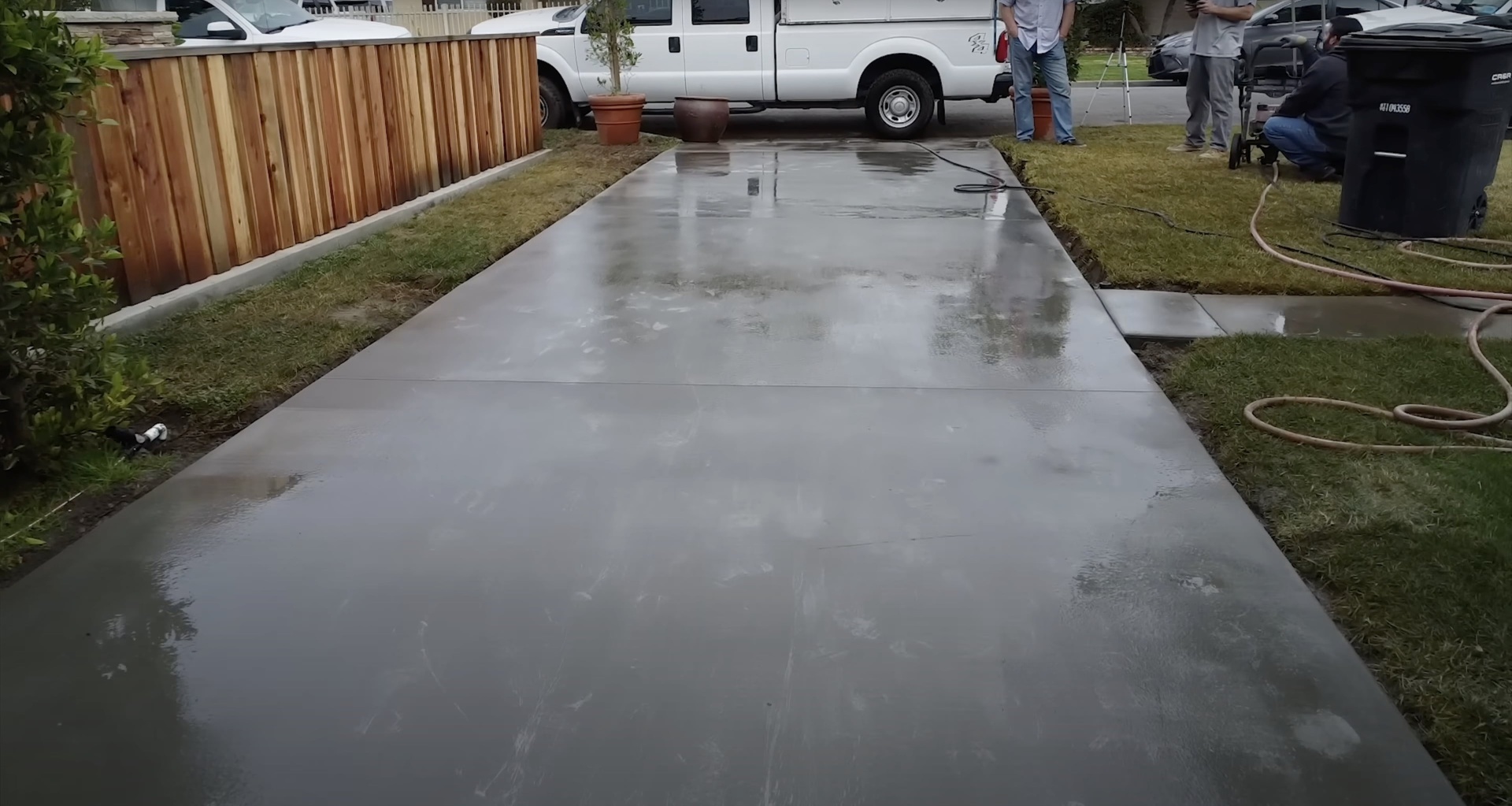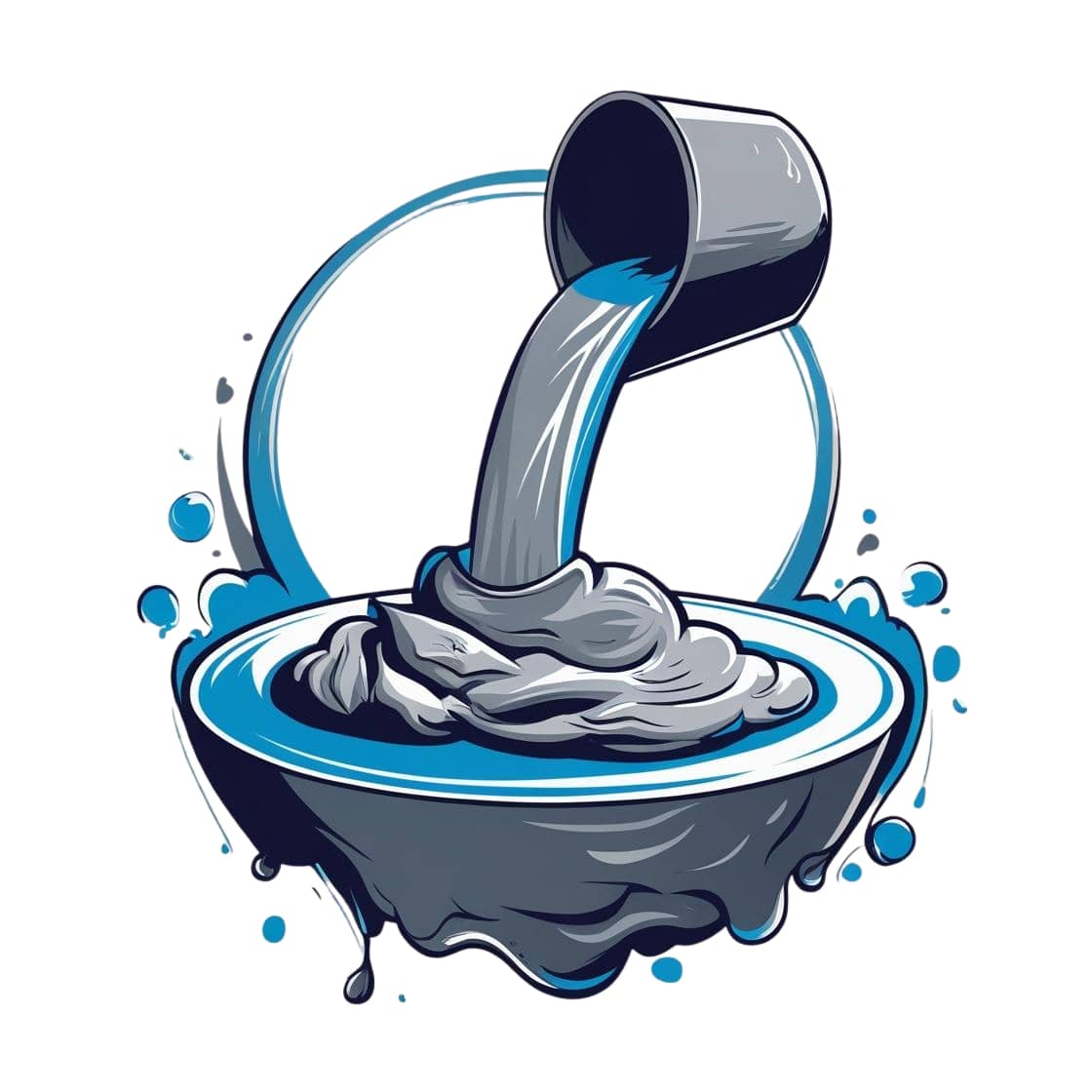Stamped Concrete vs Traditional Concrete: Making the Right Choice

Choosing between stamped and traditional concrete affects your project's appearance, budget, and long-term maintenance requirements. Understanding the distinct advantages of each option ensures your investment aligns perfectly with your aesthetic vision and practical needs.
Traditional Concrete: Time-Tested Reliability
Traditional concrete offers unmatched durability and cost-effectiveness for functional applications. Its smooth, consistent surface provides excellent performance for driveways, sidewalks, and utilitarian areas where aesthetics take secondary importance to structural integrity and budget considerations.
Installation costs remain significantly lower than decorative alternatives, making traditional concrete ideal for large-scale projects or situations where budget constraints require maximum square footage coverage. Maintenance requirements stay minimal throughout its decades-long lifespan.
The straightforward installation process reduces project timelines and complexity, allowing for quicker completion and earlier use. For commercial applications requiring smooth surfaces for equipment movement, traditional concrete provides optimal functionality.
Stamped Concrete: Aesthetic Excellence
Stamped concrete transforms ordinary surfaces into stunning architectural features that rival natural materials like stone, slate, or brick. Advanced stamping techniques create incredibly realistic textures and patterns that enhance property value while providing all the structural benefits of traditional concrete.
Color integration possibilities extend far beyond natural concrete tones, allowing perfect coordination with existing architectural elements. Multiple pattern options enable customization that reflects personal style preferences while maintaining professional installation standards.
The seamless surface eliminates joint maintenance issues associated with individual pavers while preventing weed infiltration and settling problems. This combination of beauty and practicality makes stamped concrete particularly attractive for high-visibility areas.
Cost Comparison and Value Analysis
Initial investment differences between stamped and traditional concrete typically range from 40-80% higher for decorative options. However, this premium often delivers excellent return on investment through increased property values and reduced long-term maintenance compared to alternative materials.
Traditional concrete maintains the lowest upfront costs while providing maximum functional value. For budget-conscious projects requiring extensive coverage, traditional options allow completion of larger areas within fixed financial parameters.
Long-term value calculations should include potential property value increases from stamped concrete installations. Professional appraisers consistently recognize quality decorative concrete as a valuable property improvement that enhances marketability.
Durability and Maintenance Considerations
Both options provide excellent durability when properly installed using appropriate materials and techniques. Traditional concrete requires minimal ongoing maintenance beyond occasional cleaning and periodic sealing to prevent moisture infiltration.
Stamped concrete benefits from regular sealing to maintain color vibrancy and surface protection. This additional maintenance step preserves the aesthetic appeal while ensuring long-term structural integrity matches traditional concrete performance standards.
Colorado's challenging climate conditions affect both options similarly, with proper installation and quality materials providing excellent resistance to freeze-thaw cycles, UV exposure, and de-icing salt damage regardless of surface treatment.
Application-Specific Recommendations
Driveways handling heavy vehicle traffic benefit from traditional concrete's smooth surface and maximum durability. However, front-facing driveways gain significant curb appeal advantages from stamped patterns that complement architectural styles.
Patio areas intended for entertainment and relaxation justify stamped concrete's aesthetic premium through enhanced outdoor living experiences. The visual impact creates inviting spaces that encourage greater property enjoyment and entertainment value.
Commercial applications requiring smooth surfaces for equipment movement or heavy traffic flow typically favor traditional concrete's functional advantages over decorative considerations.
Making Your Decision
Your choice between stamped and traditional concrete should reflect project priorities, budget parameters, and long-term property goals. Consider the area's visibility, intended use, and desired aesthetic impact when evaluating options.
Professional consultation helps identify the optimal solution for your specific situation. AtApexPoint Thornton Concrete, our experienced team provides detailed comparisons based on your project requirements, ensuring you understand all implications before making this important investment decision.
Both traditional and stamped concrete offer excellent value when properly designed and installed. The key lies in matching the right option to your specific needs, creating results that provide decades of satisfaction and performance excellence.
